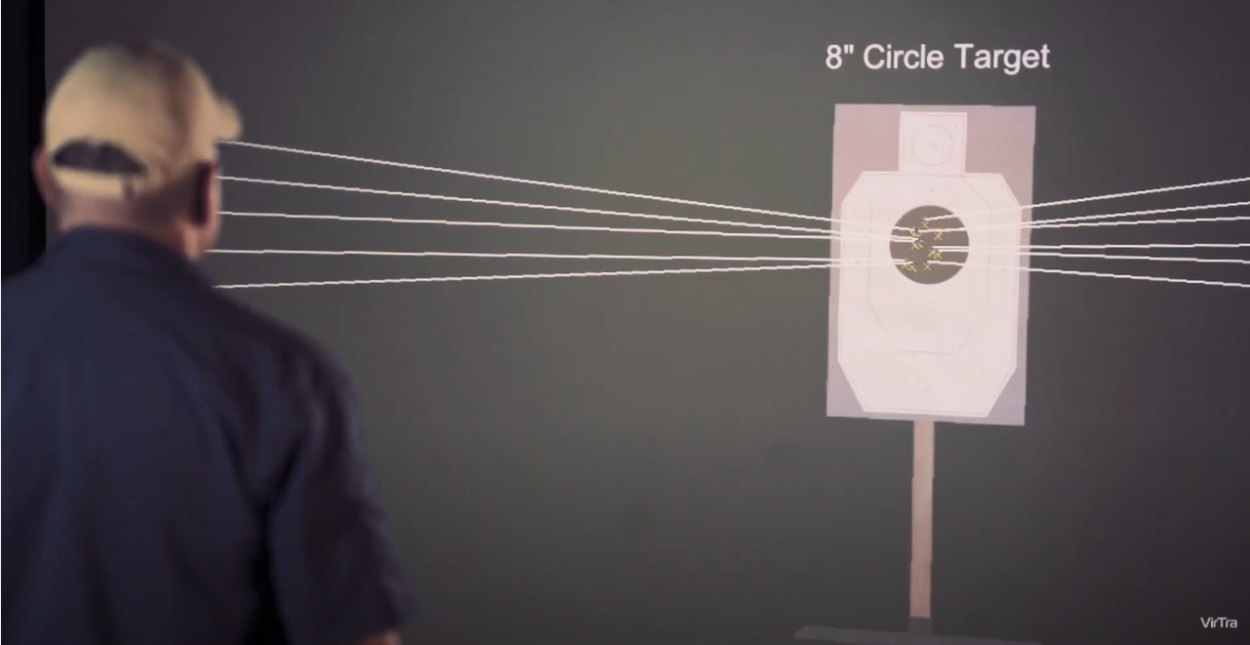Law Enforcement Red Dot Training Courses
Red Dot Optics Training & Marksmanship for Officers
Red dot optics have become increasingly common due to advantages such as being able to simply place the dot on the threat and keep focus on the threat versus the sight. Since a lot of law enforcement officers are switching to handguns with red dot sights (RDS), it is important to realize not only the basics of use, how to best transition from iron sights to RDS, but also the differences and the pros and cons.
How is an RDS Used?
How Law Enforcement Can Incorporate an RDS for their Red Dot Firearm Training Needs
An RDS can be mounted to a pistol in various ways – all of which require manufacturer, gunsmith or machining to achieve. There are also some optic-ready models from most manufacturers that use a plate adapter system. Departments must be sure to research the options in the red dot training courses and see what works best in terms of cost, downtime and ruggedness of the sight.
Law enforcement agencies must also be aware of the different manufacturers on the market and choose accordingly. Using a low-budget optic for red dot firearm training can cause problems, so it is best to go with the brands which have the best reputation. These ensure survivability and reliability in extreme environments.
It is important to reiterate that training to use new equipment does not replace the already established fundamentals that all officers know. Stance, grip, alignment, trigger control and follow-through do not change.
Red Dot Optic Training & Sustainment
VirTra Certified Law Enforcement Red Dot Firearm Training Curriculum
Due to the popularity of RDS, VirTra has created a 4-hour course in collaboration with Victory First® utilizing the Acro P-2 by Aimpoint®. The course not only includes written materials such as pre-tests, surveys, rosters and an instructor’s manual, but also 21 training drills to test officers’ knowledge and skill with the red dot sight.
Like other V-VICTA® courses, this course – titled “Red Dot Optic Training & Sustainment” – gives officers NCP-certified coursework that is POST-approved and reviewed thoroughly by IADLEST. The all-in-one approach to red dot firearm training saves time for law enforcement instructors by providing coursework materials that are already certified and ready to teach.
If your agency is making the switch to red dot pistol optics and you want to make sure officers are properly trained on their use, click the button below to learn how to obtain this curriculum.






